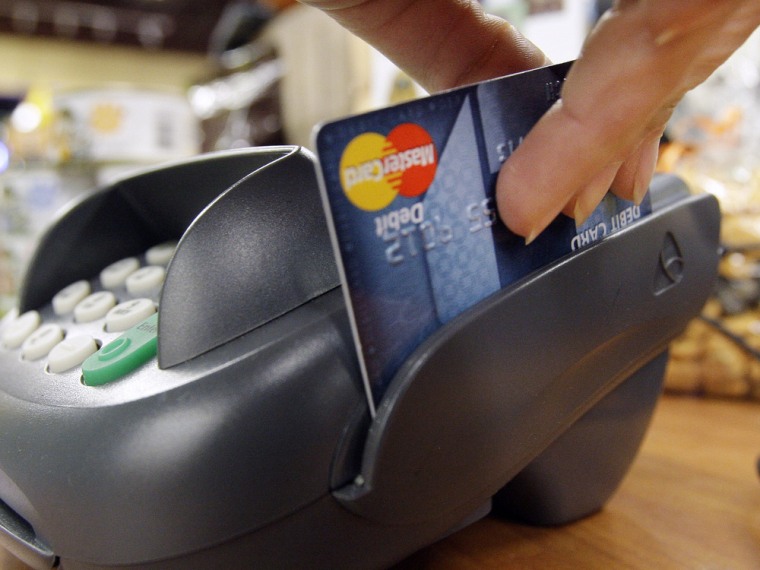Prepaid debit cards are typically promoted as a convenient alternative for people who don’t have a bank account. Turns out they have a much broader appeal.
A new report from the Pew Charitable Trusts found that most people who use general purpose, reloadable prepaid cards have used mainstream financial products in the past and may be using them now. These cards are often a complement to a checking account, rather than a replacement.
These cards work like a checkless checking account. They can be used at any store that accepts credit cards and also provide access to cash at ATMs. Money is loaded onto the card with cash at a store or online. And there’s no need for a credit check.
For this first-of-a-kind study, Pew surveyed adults who use prepaid cards at least once a month and found that 59 percent currently have a checking account and 45 percent had used a credit card in the past year.
Why do people who have checking accounts — that already come with a debit card — use prepaid cards?
“To gain control of their finances, avoid overspending and overdraft fees,” said Pew’s Alex Horowitz. “This way they know they can put a certain amount on the card and spend that and no more.”
Consumer advocates have been critical of prepaid cards because they can have a variety of fees for routine transactions, such as checking the balance or using an out-of-network ATM — fees that may not be clearly disclosed.
But that fee structure is changing. It’s now more like checking accounts — making prepaid cards more economical than in the past. Pew found that prepaid cards managed by banks tend to have the lowest fees.
“More cards are charging a monthly fee, like a checking account, and fewer have ala carte fees for services like point-of-sale purchases, ATM transactions and live customer service calls,” said Susan Weinstock, director of Pew’s Safe Checking in the Electronic Age Project. “Prepaid cards are almost universally less expensive this year than in 2012.”
Weinstock said for someone who tends to run up costly overdraft fees, a prepaid card can be a “better deal” than a checking account.
Pew calls for more regulation
The prepaid market continues to grow and more players are entering the field. Just last month, T-Mobile launched a new Visa prepaid card.
There’s a lot of money to be made here. Approximately $65 billion was loaded onto prepaid debit cards in 2012, more than double the amount in 2009, according to Mercator Advisory Group.
Pew wants more regulations to protect the people who use these cards — the sorts of things now required for checking accounts: clear disclosure of terms and fees, an easy way to track transactions, FDIC insurance and protection from unauthorized transactions.
“Right now, there is no required liability protection if a card is lost or stolen or used without authorization,” Weinstock explained. “Cards that have liability protection include it voluntarily, but it’s not as comprehensive as what is required for checking accounts.”
Pew also called on regulators to ban overdraft options and fees, something that would undermine the entire reason people use these cards.
The Consumer Financial Protection Bureau is working on proposed rules for prepaid cards. They could be released later this year. The CFPB has information about prepaid cards on its website.
Herb Weisbaum is The ConsumerMan. Follow him on Facebook and Twitteror visit The ConsumerMan website.
